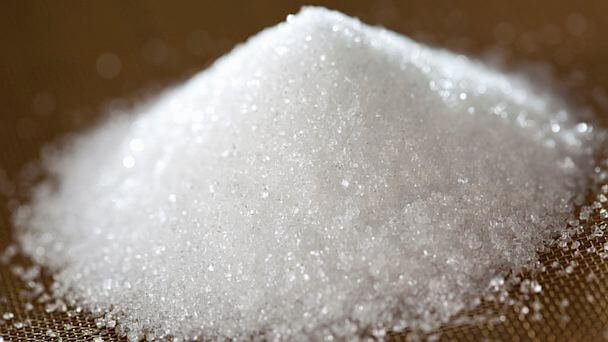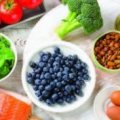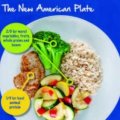Sweet Surrender: Is Sugar Off the Table for Healthy Eaters?
 As we become more aware of what comprises healthy eating, sugar is increasingly viewed with a wary eye. Experts agree it’s not necessary to completely eliminate sugar, but whether it occurs naturally in food or added in later makes a significant difference. Below we explore how to keep a bit of sweetness in your diet.
As we become more aware of what comprises healthy eating, sugar is increasingly viewed with a wary eye. Experts agree it’s not necessary to completely eliminate sugar, but whether it occurs naturally in food or added in later makes a significant difference. Below we explore how to keep a bit of sweetness in your diet.
Evidence is mounting that a sugar-filled diet can lead to increased cholesterol, blood pressure and inflammation, and to a higher risk of obesity and obesity-related conditions such as diabetes, pre-diabetes, cancer and cardiovascular disease (CVD). The key to prevention is understanding exactly what sugars you’re eating.
Naturally occurring sugars are found in foods such as fruit (fructose) and milk (lactose). Any product that contains milk, such as yogurt or cream, or fresh or dried fruit contains some natural sugars. These can be eaten freely.
Added sugars hide in numerous processed foods, even those that many consider healthy, such as energy bars. They also lurk in savory foods, including ketchup, breads, salad dressing and pasta sauce. The top five sources are sugar-sweetened beverages (soda, specialty coffees, sports drinks); grain-based sweets (cookies, cakes, pies); fruit drinks (juice cocktails, punch); dairy-based desserts (ice cream, frozen yogurt); and candy (lollipops, jelly beans). These should be limited.
“Consider the company the sugar keeps. If it’s accompanied by a nutritional element, it is not a contributor to disease,” advises Jennifer McDaniel, registered dietitian nutritionist and Academy of Nutrition and Dietetics spokesperson. For example, fruit contains fructose, but also fiber, which ensures the natural sugar is absorbed in a slow and controlled manner; the same applies to the protein in plain yogurt.
While a complete sugar detox is therefore not recommended – there is very little evidence that it will improve health or spur weight loss – cutting back on added sugars to make room for healthier calories is strongly encouraged. McDaniel offers a few suggestions:
- Look for the biggest offenders of added sugars in your diet, whether it’s chocolate or soft drinks, and replace them with something you look forward to eating.
- Make a super food swap. Enjoy a sweet bedtime snack? Consider blending a frozen banana with a splash of milk and unsweetened cocoa powder.
- Know your sweet tooth personality. If you’re an all or nothing person, it may be easier to eliminate your sweet triggers permanently, but if you can handle eating a square of chocolate without needing the whole bar, permit yourself the treat.
- Try the plain Jane version of foods. When you’re in charge of the sweetness factor, you’ll almost always use less than presweetened version, so buy plain oats and add your own fruit and honey.
Can sugar be part of a healthy diet? Thankfully yes. “It’s all about balance. The majority of our diets should be foods that nourish us, but there’s certainly a place for the sweet treats in life,” says McDaniel.
Sweet Disguise
It can be difficult to discern if a product contains both added and natural sugars, because the nutrition fact panels of food products don’t distinguish between them. That’s set to change in 2019 when federal regulations mandate the break out of added sugars. For now, be on the lookout for sugar in one of its many guises:
- Corn sweetener
- Corn, malt or maple syrups
- Fruit juice concentrates
- Honey
- Molasses
- Agave nectar
- Barley malt
- Cane juice
- Caramel
- Muscovado
- Turbinado
- Sweet Sorghum
- Treacle





